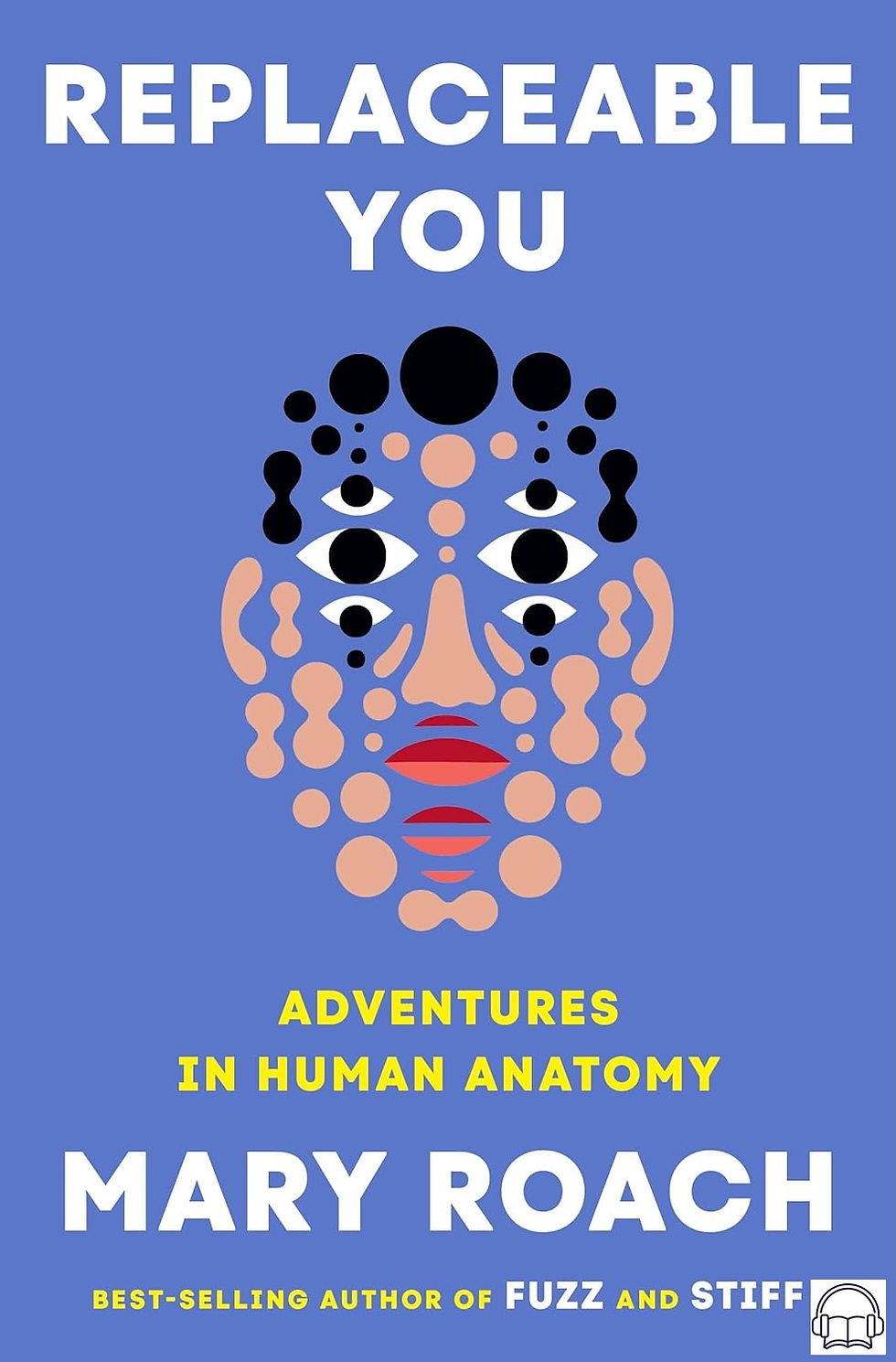The Boys of Riverside
- Greg Barlin

- Nov 30, 2024
- 4 min read
Updated: Dec 4, 2024
by Thomas Fuller ★★★★☆

It's some measure of irony that I chose to listen to rather than read a book about a deaf football team, but when Amazon named The Boys of Riverside its #1 book of 2024, I wanted to make sure I "read" it before the end of the year. The non-fiction account tracks the football team for the California School for the Deaf, Riverside (CSDR for short) across two high school football seasons. The team plays 8-man football, "a division for smaller schools in California that have trouble fielding 11-player teams." It plays under the same rules, but as the name suggests, with only 8 players per side instead of the usual 11.
Up until 2021, CSDR had far more losing seasons than winning, and "none of its sports team had ever made it to a championship, let alone prevailed in one." But something changed in 2021. Despite coming back soft and out of shape after the pandemic year of 2020, Coach Keith Adams found himself with a tremendous core of athletes happening to attend the school at the same time. Suddenly things started to click. Before long, they were carrying an undefeated record into the California high school 8-man football playoffs, and people began to take notice.
One of those people was author Thomas Fuller. While serving as the San Francisco Bureau Chief for The New York Times, Fuller received a routine email in 2021 from the California Department of Education, relaying the news of the undefeated regular season for the CSDR Cubs, and concluding with a plea for assistance: "Please help the school upgrade their facilities and write a check with 'Bleachers' in the memo line." Fuller traveled to watch CSDR's playoff game in person, and he published an article in The Times that "got the school a lot of attention." He realized he was on to something special, and "decided to put my career on hold, give up my position as San Francisco Bureau Chief, and follow the team for an entire season."
Fuller immerses himself in the team and the school. He delves deeply into many of the players, learning about their lives outside of football and school. He also spends an extended period of time on head coach Keith Adams, who is also deaf, and has his own interesting history playing football on a hearing high school team. Fuller expands his research beyond the team to broader Deaf Culture, the history of deaf education, and shifting perceptions and levels of acceptance for sign language over speech in education. A continuous through line in the book is an emphasis on deafness less as a disability and more as a condition that causes a group to communicate via a different language. There are numerous examples throughout the book of members of the deaf community rejecting the notion that they would prefer to be hearing, most notably when one of the players with a cochlear implant chooses to turn it off and live in silence far more often than he has it on.
Fuller examines the practical differences and adjustments the team makes on the football field to communicate, and notes ways that this is more often an advantage. Competing teams can't easily steal signs (although some did try bringing an ASL-fluent interpreter to the game, which caused Coach Adams to encode the plays), and it's nearly impossible to rattle the team through crowd noise or trash talk. They almost never jump offside, since they're unaffected by a hard count or different cadence. They approach each game with an intense focus that is rarely broken.
Another interesting angle involves Fuller's observations on the psychology of sports. He spotlights David Lavellee, who studied sports psychology and has published numerous books on the subject. A primary hypothesis of Lavellee's focuses on "social identity theory, which holds that the more that individual team members can relate to the identity of the team, the better the group's performance will be." He goes on to say that "research has found that a team can be an extension of a person's sense of self, and when they perceive themselves to share membership in a group, it can become a powerful determinant of the team's overall behavior. It can give teams an edge." Clearly, the Riverside Cubs' common identity was deafness, and despite varied ethnic and socio-economic backgrounds, this universally shared connection brought them even closer as a team.
The Boys of Riverside is, in a way, a "deaf Friday Night Lights", and it's generally captivating throughout. Fuller doesn't have quite the same skill in building tension during sporting moments that Daniel James Brown did in The Boys in the Boat, or Andre Agassi did in Open, but some of that is the "fault" of the Cubs—the majority of their games are blowouts. The reader leaves, however, with an understanding and a connection with the players, coaches, and Deaf Culture overall. "In reporting the book, I came to see the Cubs as a flesh-and-blood realization of the American Dream," writes Fuller, and I'd tend to agree with the assessment. It's educational and uplifting, and while I'm a little surprised it's rose to the #1 slot on Amazon's list, it's a solid and enjoyable account of a football team's pursuit of their dreams.



Comments